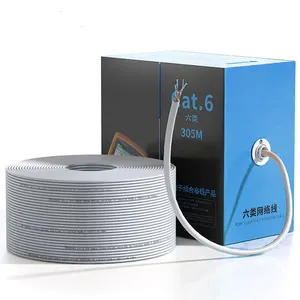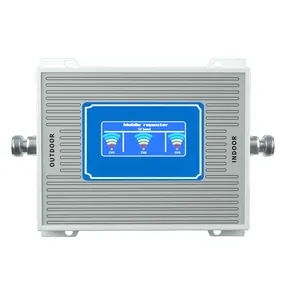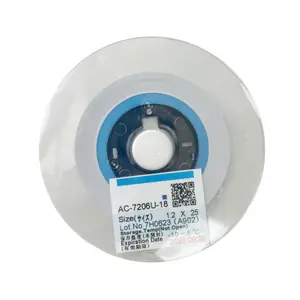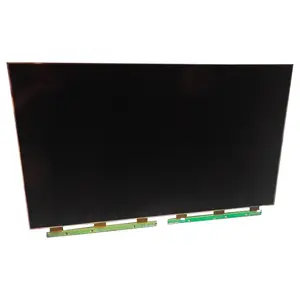Popular in your industry


























































Related Searches:

























































































Top categories
About capacitor 400v 450v
Understanding Capacitor 400V 450V
Capacitors are essential components in various electronic circuits, and the capacitor 400V 450V stands as a crucial category among them. These capacitors are designed to store and release electrical energy, featuring a capacitance value measured in microfarads (µF). The voltage rating of a capacitor, such as 400V or 450V, indicates the maximum voltage the capacitor can handle. The capacitor 400v vs 450v comparison is significant for ensuring the safety and efficiency of electronic devices, as using a capacitor with an inadequate voltage rating can lead to failure.
Types and Applications
The capacitor 400V 450V category encompasses various types, each suited for specific applications. Film capacitors within this voltage range are often used for power supply filtering and signal coupling, thanks to their stability and low inductance. In contrast, the electrolytic capacitors, including aluminum and tantalum types, are typically employed in DC power supplies to smooth out voltage ripples. When considering whether can I use 450V capacitor instead of 400V, it's essential to understand the application's voltage requirements to ensure compatibility and reliability.
Features and Advantages
Capacitors rated at 400V and 450V are designed with features that cater to a broad range of industrial needs. For instance, the supercapacitor within this voltage bracket offers rapid charge and discharge cycles, making it ideal for applications requiring high energy and power density. The advantage of using a 450V capacitor over a 400V one lies in its higher voltage endurance, which can provide an extra safety margin in circuits where voltage spikes may occur.
Materials and Construction
The materials used in capacitors 400V 450V are chosen for their electrical properties and durability. Film capacitors might use polypropylene or polyester, while electrolytic capacitors use a liquid or gel electrolyte. The construction of these capacitors is geared towards achieving the desired capacitance and voltage ratings while ensuring stability and longevity under various operating conditions.
Choosing the Right Capacitor
Selecting the appropriate capacitor 400V 450V requires understanding the specific needs of your project. Factors such as capacitance value, tolerance, and temperature stability play a role in determining the right capacitor. When faced with the decision of capacitor 400v vs 450v, consider the maximum operating voltage of your application to ensure you choose a capacitor with a suitable voltage rating.
Integration in Circuit Designs
Incorporating a capacitor 400V 450V into a circuit design must be done with precision. Whether capacitors are arranged in series or parallel can affect the overall capacitance and voltage rating of the circuit. It's crucial to calculate the combined capacitance and voltage ratings when capacitors are connected in various configurations to prevent circuit failure.






















































































